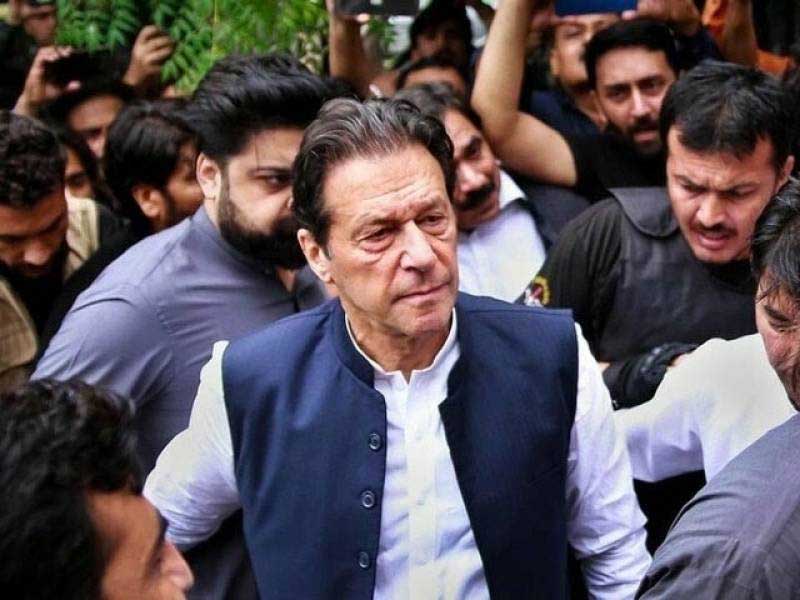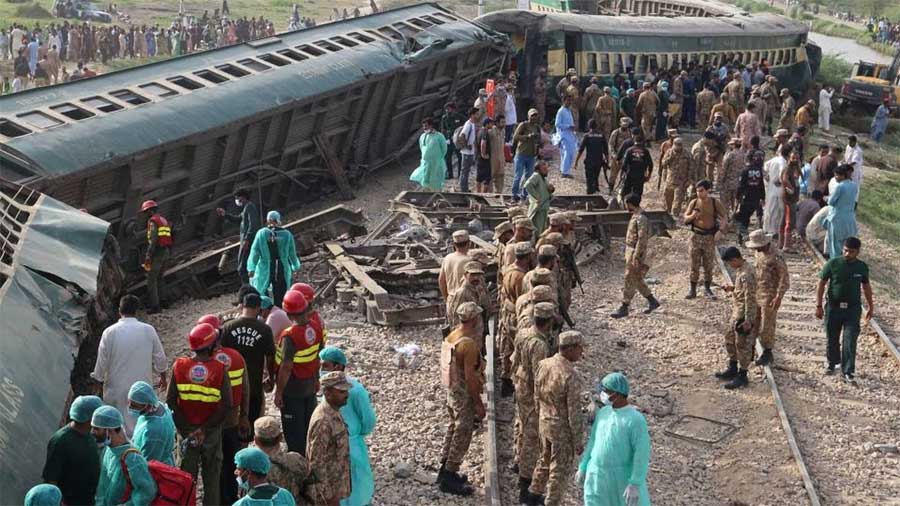China is the second largest economy in the world, 17.7 trillion GDP, China’s GDP growth is forecasted at 5.3%. It has become the world’s largest exporter and manufacturer. As a system of self-determination, it is a part of an integrated perspective, involving the values of nationalism, social justice and people’s welfare. A significant aspect of China is its long cultural and national history. The Chinese people have shared a common culture longer than any other group on earth. Urban development and urban renewal are linked to the growth of China’s large and fast growing economy. It plays an important role in nuclear energy technological development. China is the world’s third largest Ethanol producer. The population of China enjoys a fairly low mortality rate and long life expectancy. China has stepped up its development aid and business activities with Asia, Africa and Latin America. It always needs a peaceful and stable international environment. The Chinese are now at the cutting edge of science and technology in many areas. To the world, China development is an opportunity rather than a threat, Chinese value systems went through many great leaps forward from confunicianism to Marxism, from imperialism to republicanism, from feudalism to socialism, from collectivism to individualism. The Chinese political and economic scenery has experienced frequent shifts from crisis and failure to very rapid growth and achievement as well as from an order and hierarchy -based society to mass mobilization movements and to mass quest of wealth.
China’s market reform has turned it into the fastest growing economy in the world for three decades. China’s policies in finance, currency, trade, military, security, environment issues, resource management, food security, raw materials and product prices are increasingly seen as connecting the economics of millions of people outside China’s boundary because its shifts in supply and demands cause changes in prices hence lending to adjustment in other countries. China has the largest foreign currency reserve in the world and its financial policies and economic performances are bearing world wide implications.The first three decades of 21st century are almost certain to bring with them the completion of China’s rise on to the global economic, political and geo -political stage. China’s integration into global economy has brought one-fifth of the global population into the world trading system, which has increased global market potential and integration to unprecedented levels. To assist with bilateral and multi-lateral co-operation, there is a pressing need for re-fashioning the institutions that govern the international political and economic system. This is because maintaining relatively open and fair, multilateral political, trading and financial systems, is the only successful way in which the behavior of growing powers can be constrained by a rules- based system, while those of incumbent powers become more helpful and co-operative. In a world in which China is increasingly expected to play a leadership role, the multilateral framework will provide an important institutional basis from which the expansion of international trade can continue to be a positive sum rather then a Zero-sum game, and globally common goals such as macro-economic stability, financial integration, poverty reduction, climate change and regional and international security can be achieved with success. The booming rise of China will depend on how will these goals are managed. China is not just occurring in a changing world, it is significantly changing that world as well.China is a multi-religious country. Taoism, Buddhism, Islamism, Catholicism and Protestantism have all developed quite a following in this country. Freedom of belief is a government policy and normal religious activities are protected by the construction. A significant aspect of China is its long cultural and national history. The Chinese people have shared a common culture longer then any other group on Earth. A growing number of elementary and middle schools all over the world now offer the Chinese language programmes, thereby raising interest in China culture and history. For the Chinese Diaspora, China’s economic and political rise is a source of pride and Chinese communities abroad increasingly organize or participate in events that promote China and Chinese culture. In near future, its blogosphere may become an important contributor to youth culture that is spread via the internet. The rise of China will expand the impact of Chinese culture, which will help in building of new international norms. These norms can counter the power politics which prevailed globally during the period of colonialism. The culture of China is one of the worlds oldest and most complex.
Important components of Indian culture include literature, music, visual arts, martial arts, cuisine etc. Chinese literature began with record keeping and divination on oracle Bones. Urban population increases in China, which has the world’s highest population, are linked to the growth of China’s large and fast growing economy. A two decade of economic boom has spurred rapid urbanization, powering a vicious circle of rural to urban migration and urbanization throughout the country. Three Chinese cities, Beijing, Shanghai and Tianjin are among the world’s megacities. A market friendly urbanization policy framework along with government resources to deal with potential positive and negative externalities has accelerated the urbanization process in China successfully. China always needs a peaceful and stable international environment. It is trying to avoid conflicts and dependency on one country or region. There is dramatic increase in China’s bilateral and multilateral relationships. As part of its good neighbour policy, China solved territorial and border problems with many of its neighbours and took a co-operative approach to remaining conflicts. China has stepped up its development aid and business activities with Africa, Asia and Latin America. China has found that multilateral forums can be used as platforms to expand influence and pursue economic interests.
Working within a multilateral environment, China increasingly conforms to international norms. China’s image in developing countries is mostly positive. China wants to be seen as a country that strives after harmonious society and that works hard to give its people a better future. China has coined the term “harmonious Society”, meaning thereby a massive distribution of wealth in order to narrow the gaps between rich and poor, urban and rural, coastal and inland region of China.
China wants to be seen as a stable, reliable and responsible economic partner. “The peaceful rise” strategy indicates the economic and security benefits of co-operation with China as opposed to negative results of conflict and opposition. It wants to be seen as a trustworthy and responsible member of international political community capable of and willing to contribute actively to world peace. China’s increasing multilaterals co-operation is another example of its effort to become regarded as a responsible player. China’s soft power is growing. It has become an attractive partner and a source of inspiration of many. China’s economic dynamism and its vibrant culture are attractive to almost the whole world. More public diplomacy activities take place outside the area of government control where individuals and civil society groups meet, exchange information and engage in dialogues. People to people diplomacy, international, academic and business co-operation, and cultural events have a growing impact on China’s standing in the world.
The reform of China political system is the decisive factor for China to open up reforms in other areas of national development.China is the workshop of the world. One of the chief engines of the explosive economy in China is educated women. They have poured into the professional workforce, with profound implication for national and multi-national corporations. As highly qualified women in emerging markets struggle to balance the demands of career, children and culture, employers have an unprecedented opportunity to help them fully realize their potentials. China has conformed to the universal values of humanity and is on its way to becoming a modern and progressive country that seeks common development and invests with other countries. The path of peaceful development is a new path of development which China, the biggest developing country in the world has embarked upon. Its success calls for the untiring efforts of Chinese people and understanding and support from the international community. Its peaceful development conforms to global trend. China has decided upon peaceful development and mutually beneficial co-operation as a fundamental way to realize its modernization, participate in international affairs and handle international relations. It needs further understanding and support from the rest of the world. Prosperous and developing China, a democratic and harmonious and stable country under the rule of law will make more contribution to the world.
China development is an opportunity, rather than a threat. The focus on development is very intense in China .Its intense focus on building a well-developed Chinese future along with growing dependence in global markets to promote its economic goals, bends slightly China’s international behavior towards co-operation rather than conflict. China’s expanding economic, military and technological orientations create a conducive atmosphere for the international community to adjust to China’s expanding power and influence through mutual agreement.
The booming rise




